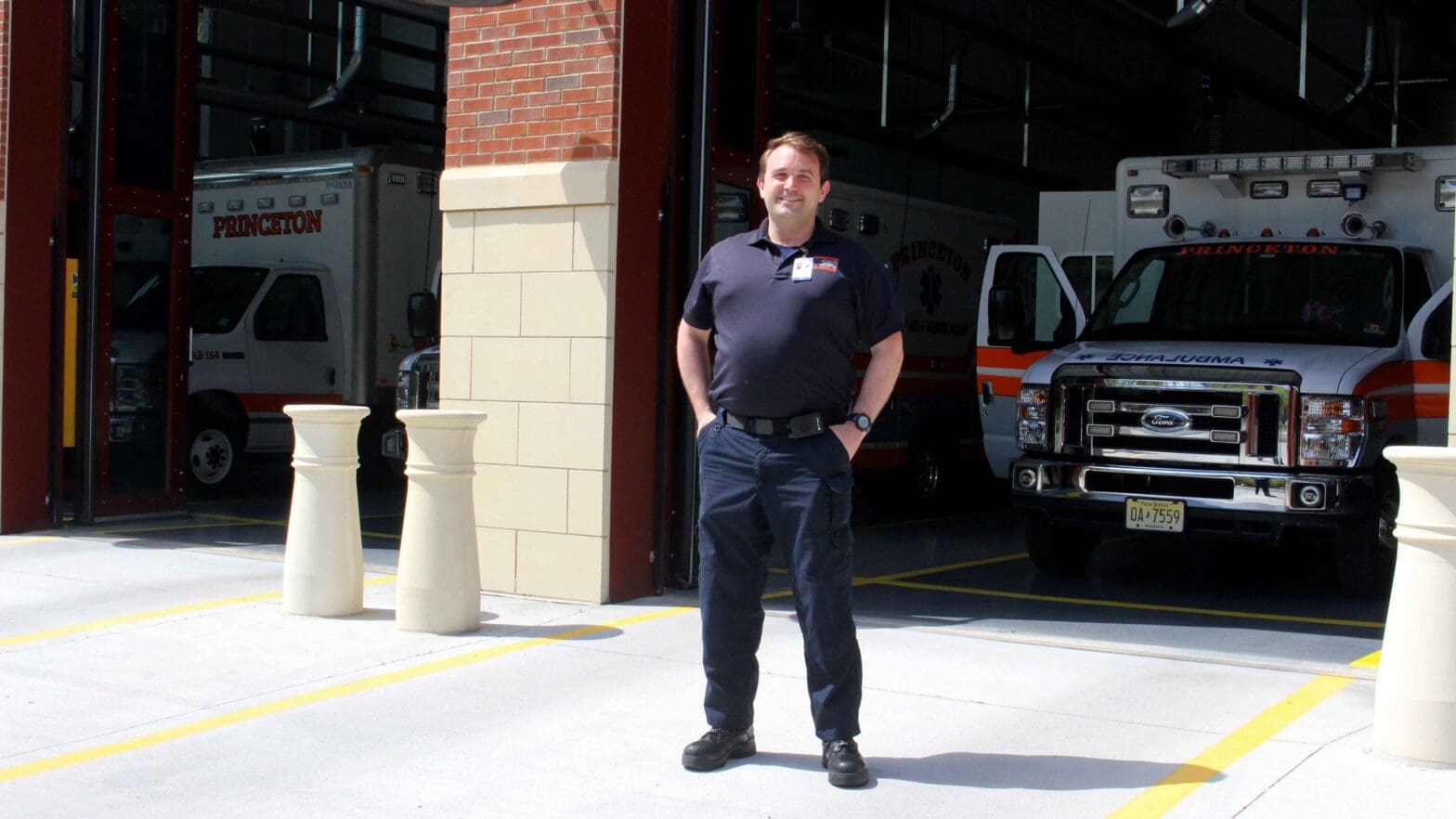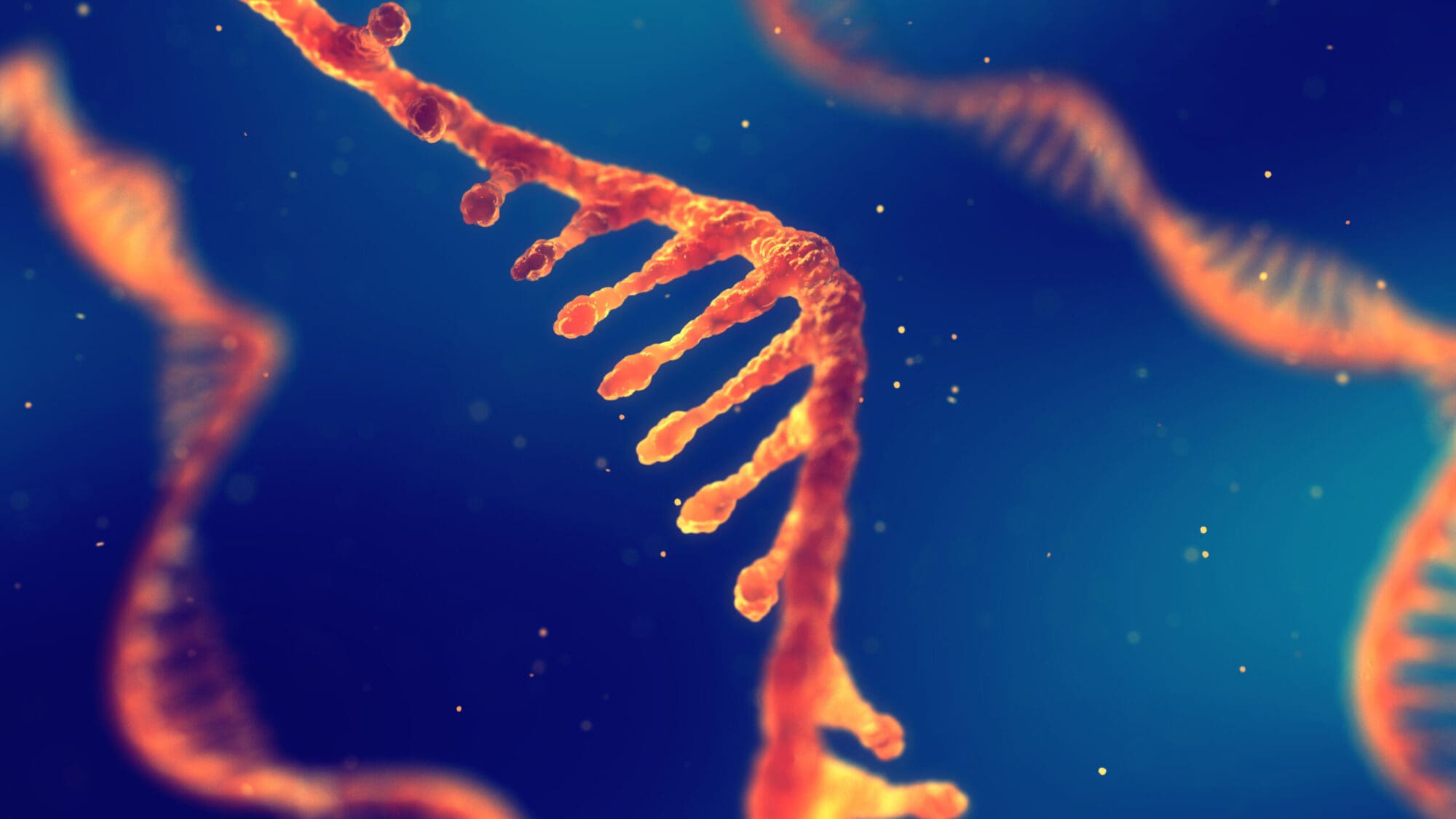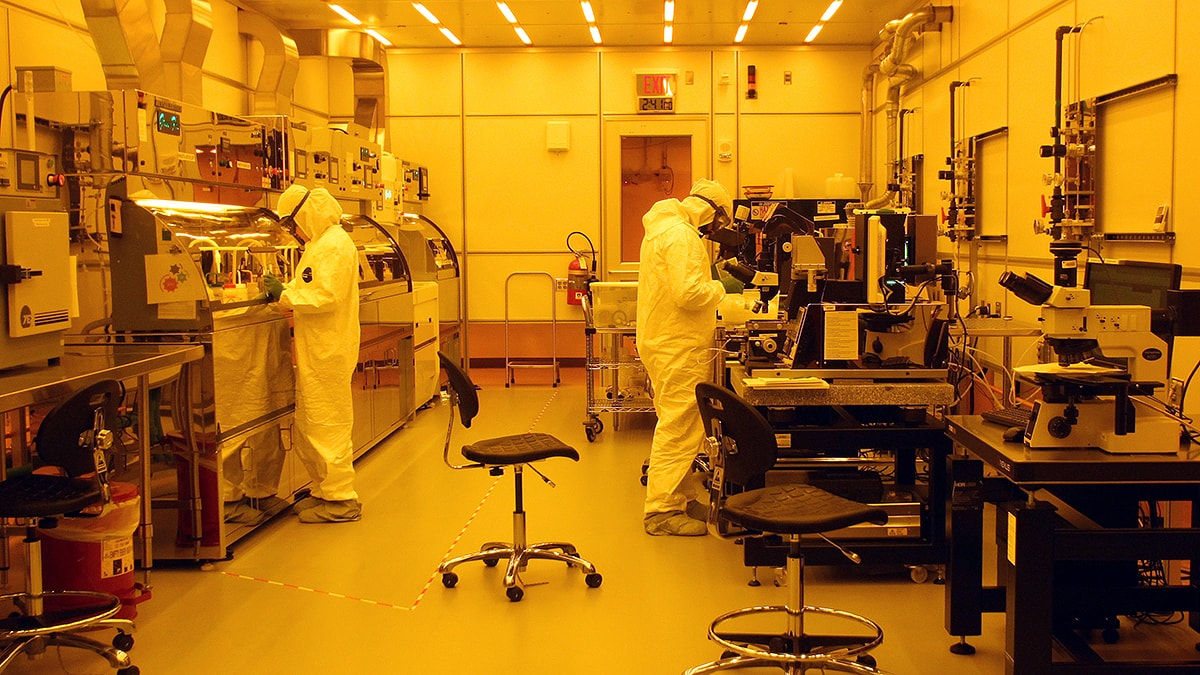As a senior research specialist at a Princeton University lab that requires precision control over dust particles in the air, Eric Mills’ training gave him a special sort of insight as he confronts the coronavirus pandemic in a very different capacity.
Mills volunteers for the Princeton First Aid & Rescue Squad, an independent, non-profit 110-member group of emergency medical technicians serving the Princeton area. He’s one of numerous members of the Princeton University community, mainly staff and students, who volunteer their time with area rescue crews.
Mills said his work in the lab taught him the value of personal protection. In the nanofabrication lab of the Princeton Institute for the Science and Technology of Materials, Mills and colleagues must follow rigorous protocols to build some of the world’s smallest devices and to protect themselves from dangerous chemicals. Handwashing has been part of his routine for a long time, and he’s regularly kept from touching his face.
“The transition isn’t horrible. When you’re working with acids in a lab, you have to suppress those instincts, too,” he said.
Mills is one of numerous members of the Princeton community – mainly staff and students – who are volunteering for local rescue squads during these dangerous days of COVID-19.

Eric Mills, in full protective gear, at work in the PRISM Cleanroom.
Photo by Aaron Nathans.
“It’s not easy work, and you’re definitely exposed to myriad different situations – even more so with the current pandemic – but it is extremely rewarding as you’re able to aid individuals when they’re at their most vulnerable,” Chaudry said in an email.
Others who volunteer for the Princeton squad include Patrick Richichi, a senior tech support specialist at Princeton Engineering, who is deputy chief at the squad; as well as students Catherine Yu ’21 and Nancy Tran ’22, and Ares Alivisatos ’21, who leads the undergraduate student volunteers there as cadet adviser.
Princeton University staff also volunteer for squads in nearby communities. They include Brian Low-Beer, of Support Services at the Office of Information Technology, who volunteers at the Kendall Park First Aid & Rescue Squad, where he served as chief until recently. He is now treasurer. Michael Kervan, lead maintenance technician for special facilities at the Frick Lab, is an active member of the Cranbury First Aid Squad, and is a rescue associate for the Princeton squad.
Cindy Orlandi, lead dispatcher at the university’s Department of Public Safety Communication Center, is a past captain of the Pennington First Aid Squad, and she currently teaches first aid, EMT work, CPR, emergency medical dispatch, and basic communication officer certification, at multiple locations.
“It’s definitely different. It’s more challenging with this pandemic, and the protests and all that. But it’s still gratifying to know that you’re helping people,” Orlandi said.
Frank Setnicky, the Princeton First Aid & Rescue Squad’s chief, said he appreciates its partnership with the University.
Asked about Mills, he said: “Eric has been a great asset for us since he joined and with him being able to assist during the pandemic was a big help to allow us to shift personnel to fill gaps and stay on top of ever-changing guidelines for EMS.”
Mills works in the Micro/Nano Fabrication Lab, also known as the PRISM Cleanroom, located in the Andlinger Center for Energy and the Environment building. Staying on top of protocols is critical as he shepherds graduate and postdoctoral researchers, as well as the industry partners, to use highly sensitive equipment and achieve the goals of their projects.
His path from lab to ambulance began in 2016 when Mills graduated from Princeton with a doctorate in electrical engineering. Mills wanted to give back to the community in a meaningful way. So he started working with Princeton’s fire department, but during training, he broke his leg.
“I had to reconsider my options,” he said, noting that the accident underscored the for him the value of one’s health. He decided to get involved with health care, and in the spring of 2019, while he spent days working in the lab, he took an EMT class at night and on Saturdays. He received his certification last year in July.
Around January, the squad began acknowledging the spread of COVID-19, and discussed how they would adapt. In February they began enhancing personal-protection-equipment and decontamination protocols, as well as how they interact with patients to minimize the chance of exposure. “We knew it was coming, we starting talking about it, we were adjusting,” Mills said.
Starting in the middle of March, they started getting daily updates on the virus. Now, on every call, they wear an N95 mask, and put a surgical mask on the person they are treating.
“Asymptomatic or pre-symptomatic, we have no idea who’s a carrier,” he said. But if it’s a suspected COVID-19 case, or someone at a long-term care facility, they also wear goggles, gowns, gloves and booties.
Mills said he’s young and healthy, and if he gets sick, he’s ready to deal with the consequences, knowing that local hospitals have adequate capacity for treatment.
He now plans to pursue a career in medicine, though he has not chosen a specialty yet. He expects to take the MCAT in September, and he is currently sending out medical school applications.
“Eric has a remarkable ability to balance his passion for work as a senior member of the cleanroom staff, with his vision for medical school” and volunteering with the community emergency response team,” said Ian Harvey, the cleanroom’s director. “It is a pleasure to associate with Eric in even one of these capacities.”







